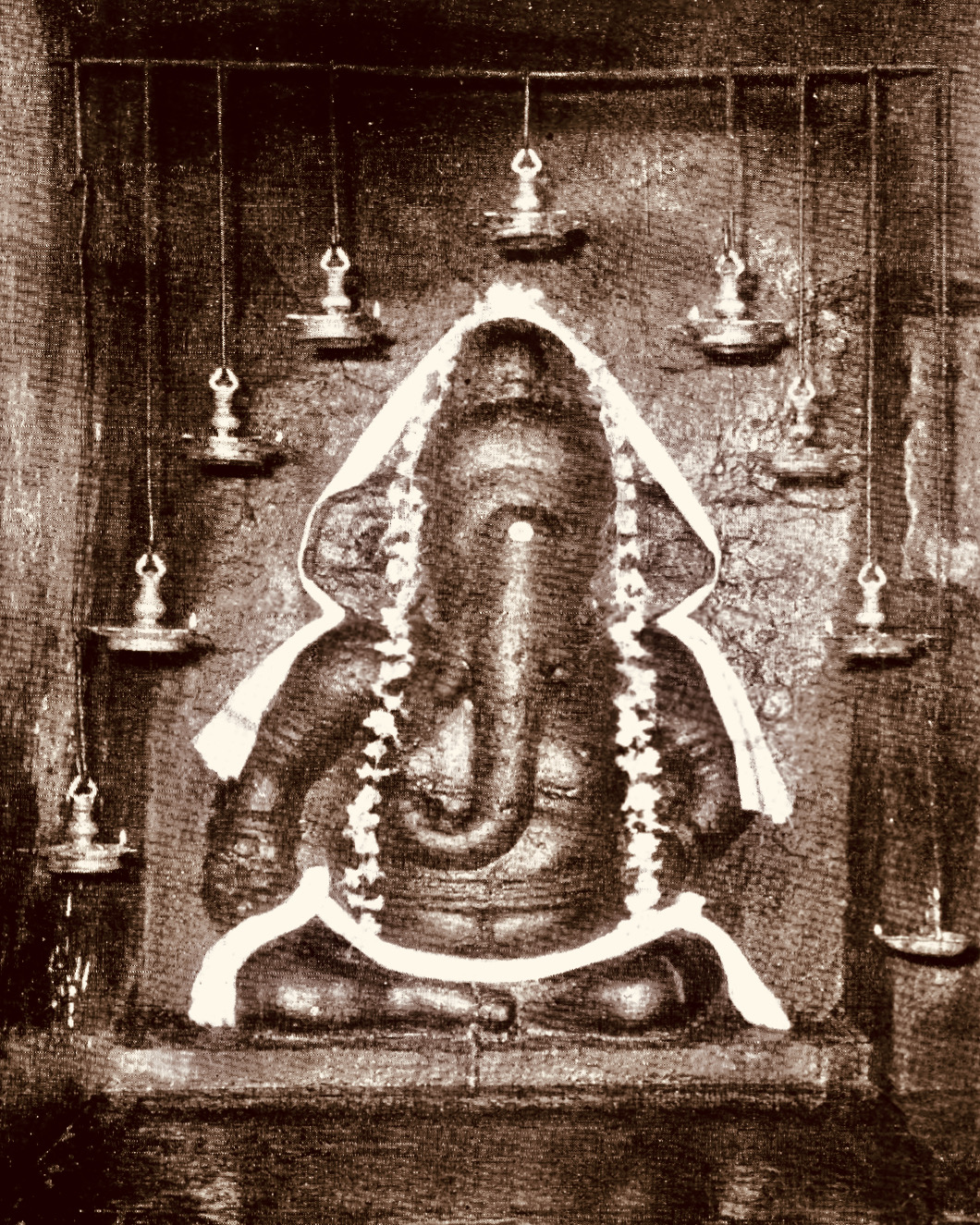|
Vairavapatti
Vairavapatti is a village in the Tirupattur taluk Sivaganga district of Tamil Nadu, India. This village derives its name from the temple dedicated to Lord Kala Bhairav who is known in Tamil language as Vairavan. It is 2 km from the Pillayarpatti Karpaka Vinayaka Temple or Pillaiyarpatti Pillaiyar Temple is a 7th-century CE rock-cut cave shrine, significantly expanded over the later centuries. It is located in Pillayarpatti village in Tiruppathur Taluk, Sivaganga district in Tamil Nadu ... village which is another famous pilgrimage center. It is one of the 9 temples held in high esteem by the Nagarathar Chettiar community of Tamil Nadu. The presiding deity here is Lord Valaroli Nathar and his consort Vadivudai Ammai. Bhairavar here is prominent, hence the name Vairavan-patti in Tamil.http://www.pillaiyarpattitemple.com/nagarathar_kovil.html References Villages in Sivaganga district {{Sivagangai-geo-stub ... [...More Info...] [...Related Items...] OR: [Wikipedia] [Google] [Baidu] |
Nagarathar
The Nagarathar (also known as Nattukottai Chettiar) is a Tamil people, Tamil caste found native in Tamil Nadu, India. They are a mercantile community who are traditionally involved in commerce, banking and Money-Lending, money lending. They use the title Chettiar and are traditionally concentrated in modern region Chettinad. They have since the 19th century been prominent Entrepreneurship, entrepreneurs who funded and built several Hindu temples, schools, colleges and University, universities. Etymology The term ''Nagarathar'' literally means "town-dweller". Their title, Chettiar, is a generic term used by several mercantile groups which is derived from the ancient Tamil term ''etti'' (bestowed on merchants by the Tamil monarchs). Nagarathars are also known as ''Nattukottai Chettiar''. The term ''Nattukottai'' literally means "country-fort" in reference to their fort-like mansions. History Nattukottai Nagarathars were originally from Naga Nadu, Naganadu. This ancient lan ... [...More Info...] [...Related Items...] OR: [Wikipedia] [Google] [Baidu] |
Sivaganga
Sivaganga () is a city and headquarters of the Sivaganga district in the Indian state of Tamil Nadu. Sivaganga is a rani velunachiyar kingdom of Tamil Nadu. It is an important city in this district for official and commercial purposes. Its nickname was Sivagangai Seemai. It's known for 16th-century Sivagangai Fort, with its located on City Centre. Inside the fort, the Rajarajeshwari Amman Temple features many ornate sculptures. Nearby, the Government Museum has prehistoric relics and natural history displays. The city is located at a distance of 48 km (30 mi) from Madurai and 449 km (279 mi) from the state capital Chennai. Sivaganga is administered by a municipality established in 1965. As of 2011, the municipality covered an area of and had a population of 40,403. The town is known for agriculture, metal working and weaving. The region around Sivaganga has considerable mineral deposits. Sivaganga comes under the Sivaganga assembly constituency which elects a member to the ... [...More Info...] [...Related Items...] OR: [Wikipedia] [Google] [Baidu] |
Pillayarpatti
Karpaka Vinayaka Temple or Pillaiyarpatti Pillaiyar Temple is a 7th-century CE rock-cut cave shrine, significantly expanded over the later centuries. It is located in Pillayarpatti village in Tiruppathur Taluk, Sivaganga district in Tamil Nadu, India. The temple is dedicated to Karpaka Vinayakar (Ganesha). In the cave temple, there are rock cut images of Ganesha, Siva linga and another carving that has been variously identified as Ardhanarishwara or Harihara or the early king between them who built this temple. All these are notable for their unusual iconography. In late 19th-century, during restorative excavation and repair work, ''panchaloga'' statues were discovered. These are dated to the 11th-century. The temple has several inscriptions within the rock-cut shrines, as well as on the walls and mandapam outside. One of them mentions "Desi vinayakar" and also helps date the core layer of this temple to the 7th-century Ganesha. Another notable inscription in the sanctum is m ... [...More Info...] [...Related Items...] OR: [Wikipedia] [Google] [Baidu] |


